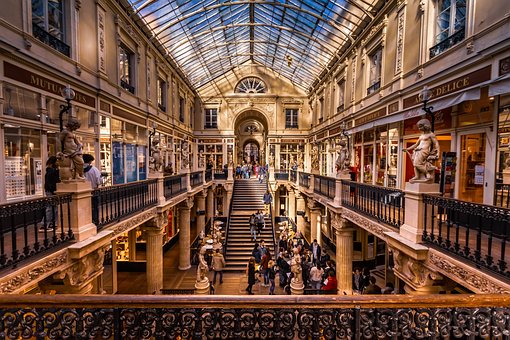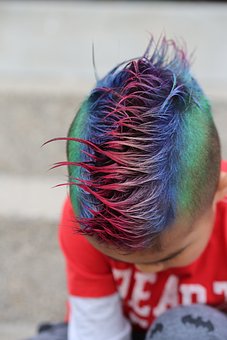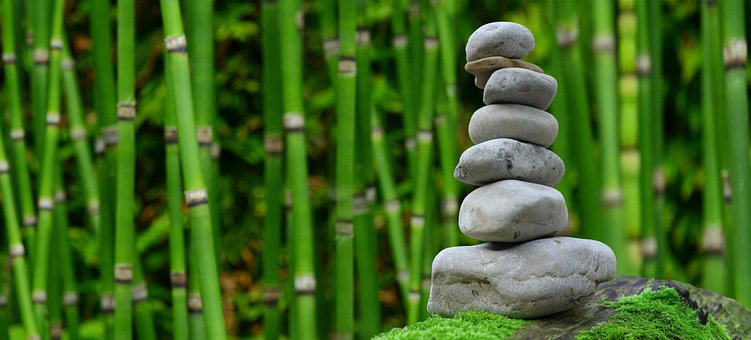 Over the past couple of days, I've received a couple of calls from a guy who claimed to be from Windows help desk. He said my computer had been sending in reports indicating it had been hacked.
Over the past couple of days, I've received a couple of calls from a guy who claimed to be from Windows help desk. He said my computer had been sending in reports indicating it had been hacked. I kept asking how they could have hacked the computer when it has been powered down and disconnected from the internet. He asked if I was by my computer. I said no, I'd have to go get it. I again asked him, how it could have happened.
He again asked me if I was by my computer. I asked him for a phone number to call him back at. He began with area code 312 but I interrupted and asked for a toll free number. I had a couple more red flags raise at this because he said he was in New York City but area code 312 is actually the Chicago area.
I got my computer and called the number back. Someone answered and when I asked for the guy who called me, they yelled across the room which again gave me more red flags because they didn't just transfer me. When he got on the phone, I told him, it had to be a different computer so I'd check that.
The next day, he called back and gave me the same questions. I told him that all virus and malware detection programs had been run with nothing coming up. He asked me if I was in front of the computer and I said no. As soon as I asked how he got my phone number he hung up.
I promptly called Microsoft and they informed me, this is a scam. They want to get control of your computer so they can insert a virus and then charge you a ton of money to clean your computer of it. In the process, they may destroy your computer. I also put the 1-800-550-1843 number in a search engine and this particular phone number has been associated with this scam for at least 4 years or possibly longer.
So if anyone calls you representing themselves as Windows help desk people, they are scamming you. Do not let them near your computer. Do not let them even look. The Microsoft people stated emphatically they do not call you out of the blue. They do not receive reports stating someone has hacked into your computer.
If they get the chance to open a door into your computer, they could infect it with a virus, or steal personal information such as bank numbers, social security numbers, etc. Do not let this happen.
Thank you for reading this.
Let me know what you think. I'd love to hear.












































